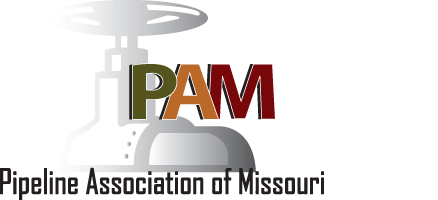CoRE and HSEEP Programs
To acheive liaison compliance, it is necessary for pipeline and local distribution operators to interact with first responders and other officials in specific ways. The CoRE exercise was designed to enhance the current approach to pre-planning.

- CoRE's primary objective is bringing together pipeline operators and first responders to pre-plan for pipeline emergency response.
- Each meeting will utilize a local pipeline incident scenario to exchange resources and capabilities of all included.
- The CoRE Program engages first responders through interaction with pipeline representatives. Investing time in a CoRE training is the best way to learn pipeline response.
First Responder CoRE Comments:
"Interacted with other agencies in a constructed manner. Really enjoyed the program and learned practical processes instead of just sitting and listening. Awesome job!"
- Deputy U.S. Marshal
"Very good program! I think this is the first step in planning potential responses in the future."
- Fire Division Chief
"The training was informative. I was unaware of the information discussed."
- Emergency Manager
Homeland Security Exercise & Evaluation Protocol (HSEEP)
Participating in an HSEEP allows emergency response agencies to meet part of their Emergency Management Performance Grant (EMPG) funding requirements.Program Protocols:
- Localized Table-Top Exercises (TTX).
- Pipeline Infrastructure & Emergency Response Personnel.
- Presented using your state-specific HSEEP protocols.
Attendee Documentation:
- After-action Report/ Improvement Plan (AAR/IP).
- Certificate of Completion.
- Situation Manual.
Funding:
- Meet a portion of your EMPG funding requirements.
- Documents from this program may be submitted to your state emergency management agency for consideration.
Pipeline Infrastructure
- Receive updated information and build relationships with your local pipeline operators and gas distribution companies.
- Discuss local pipeline sizes, locations, products, and operating pressures in the area.
CoRE and HSEEP Programs
To acheive liaison compliance, it is necessary for pipeline and local distribution operators to interact with first responders and other officials in specific ways. The CoRE exercise was designed to enhance the current approach to pre-planning.

- CoRE's primary objective is bringing together pipeline operators and first responders to pre-plan for pipeline emergency response.
- Each meeting will utilize a local pipeline incident scenario to exchange resources and capabilities of all included.
- The CoRE Program engages first responders through interaction with pipeline representatives. Investing time in a CoRE training is the best way to learn pipeline response.
First Responder CoRE Comments:
"Interacted with other agencies in a constructed manner. Really enjoyed the program and learned practical processes instead of just sitting and listening. Awesome job!"
- Deputy U.S. Marshal
"Very good program! I think this is the first step in planning potential responses in the future."
- Fire Division Chief
"The training was informative. I was unaware of the information discussed."
- Emergency Manager
Homeland Security Exercise & Evaluation Protocol (HSEEP)
Participating in an HSEEP allows emergency response agencies to meet part of their Emergency Management Performance Grant (EMPG) funding requirements.Program Protocols:
- Localized Table-Top Exercises (TTX).
- Pipeline Infrastructure & Emergency Response Personnel.
- Presented using your state-specific HSEEP protocols.
Attendee Documentation:
- After-action Report/ Improvement Plan (AAR/IP).
- Certificate of Completion.
- Situation Manual.
Funding:
- Meet a portion of your EMPG funding requirements.
- Documents from this program may be submitted to your state emergency management agency for consideration.
Pipeline Infrastructure
- Receive updated information and build relationships with your local pipeline operators and gas distribution companies.
- Discuss local pipeline sizes, locations, products, and operating pressures in the area.
